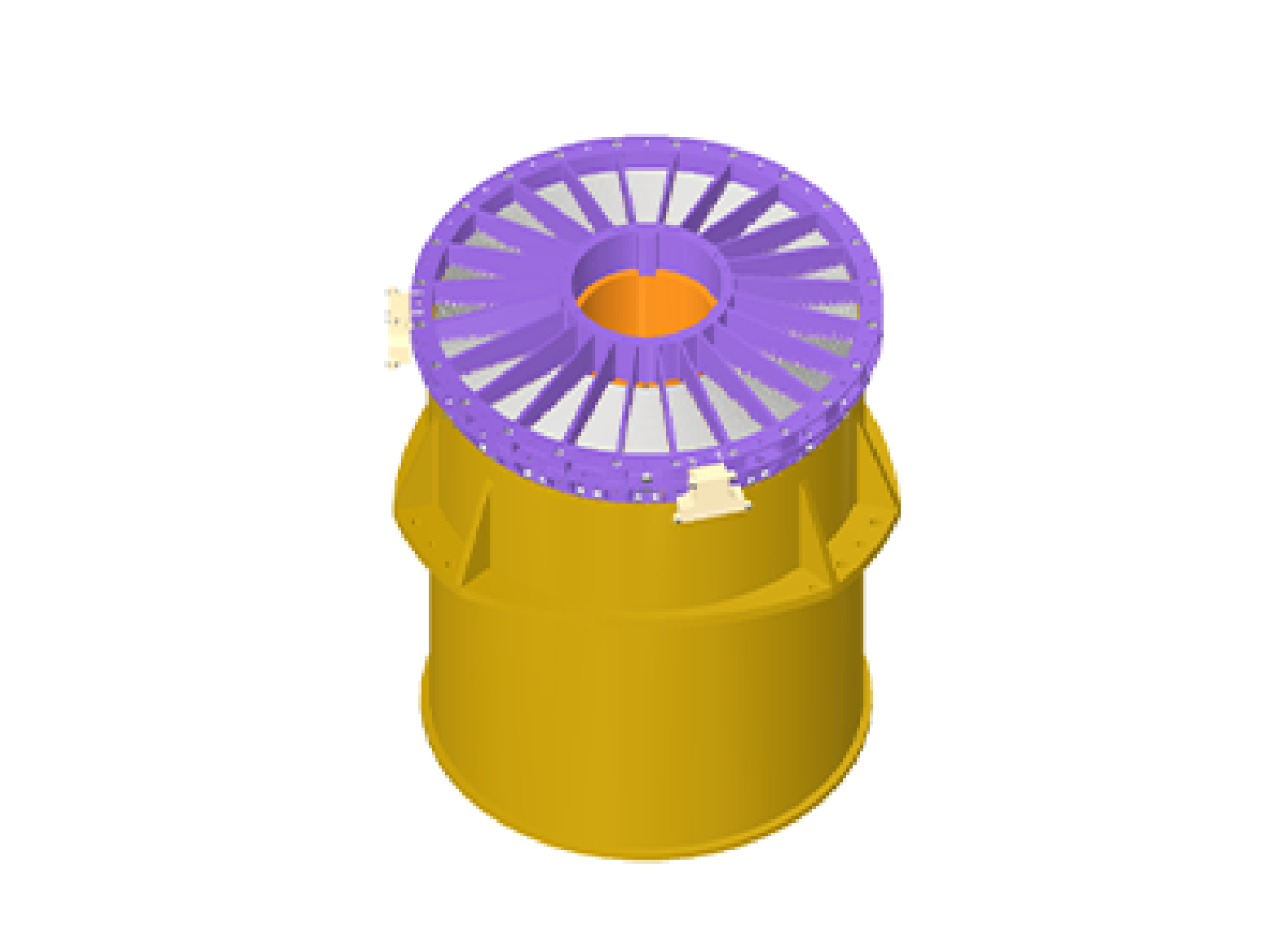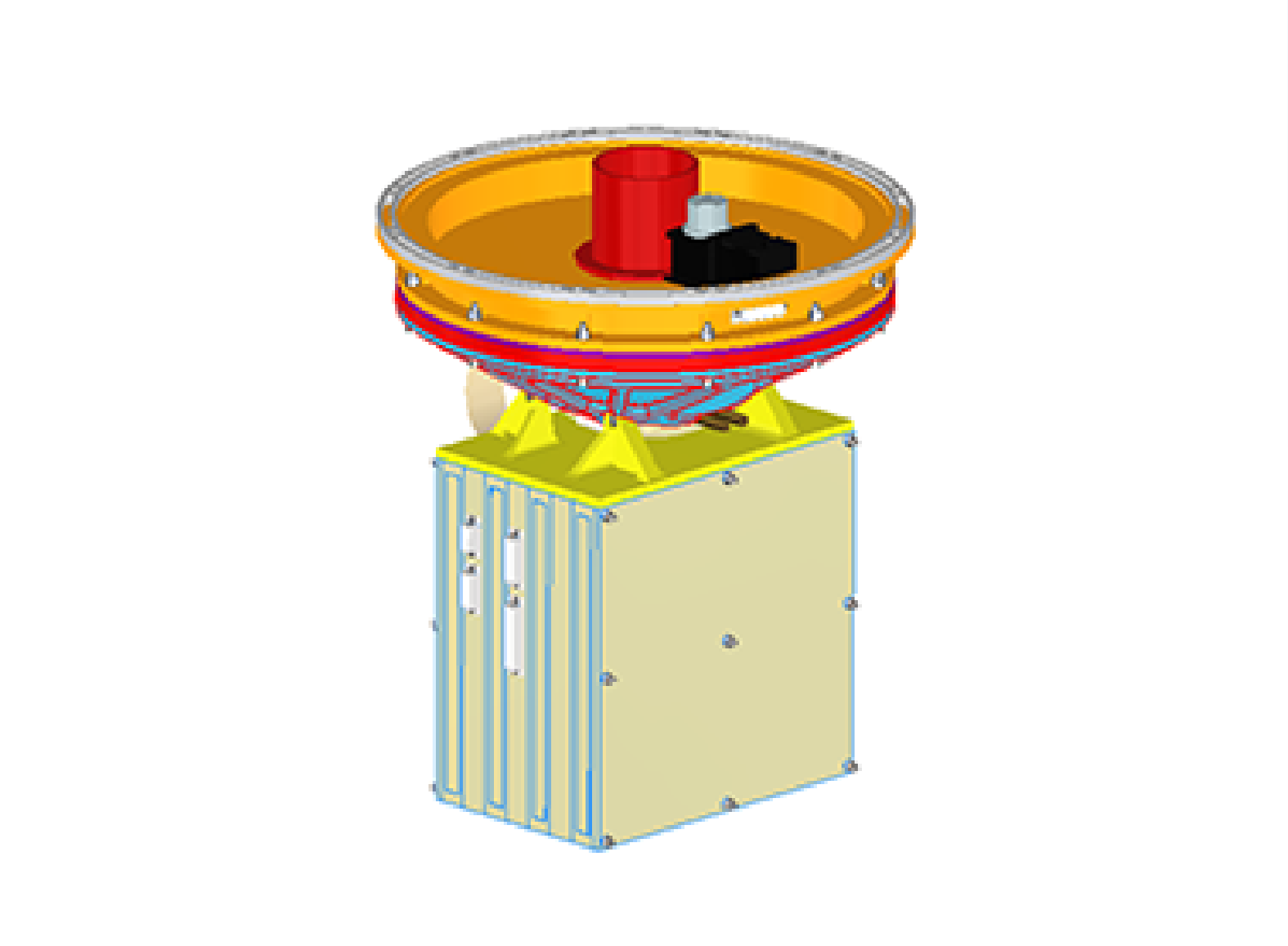

The enhanced X-ray Timing and Polarimetry mission (eXTP) is a science mission designed to study the state of matter under extreme conditions of density, gravity, and magnetism. Its primary goals are the determination of the equation of state of matter at supra-nuclear density, the measurement of QED effects in highly magnetized stars, and the study of accretion in the strong-field regime of gravity. And its primary targets include isolated and binary neutron stars, strong magnetic field systems like magnetars, and stellar-mass and supermassive black holes.
The mission carries a unique and unprecedented suite of state-of-the-art scientific instruments for the first time enabling the simultaneous spectral-timing-polarimetry studies of cosmic sources in the energy range from 0.5-10 keV. Key elements of the payload are:
the Spectroscopic Focusing Array (SFA):
a set of 6 X-ray optics operating in the 0.5-10 keV energy band with a focal length of 5.25 m and field-of-view (FoV) of 16 arcmin each and a total effective area of ∼4900cm² and 3400cm² at 1.5 keV and 6 keV, respectively. The telescopes are each equipped with Silicon Drift Detectors offering ~150 eV spectral resolution.
the Polarimetry Focusing Array (PFA):
a set of 3 X-ray telescopes, achieving a total effective area of 340cm² at 3 keV, equipped with imaging gas pixel photoelectric polarimeters. The FoV of each telescope is 9 × 9 arcmin and the operating energy range is 2-10 keV.



The eXTP mission is to answer questions in high-energy astrophysics about the physical laws under extreme conditions. In particular, the eXTP mission will address the following three important questions.
These are key questions in understanding black holes and neutron stars in the context of fundamental physics. They form an essential basis for understanding other important questions in high-energy astrophysics, e.g., the physical mechanism of accretion, collimation, and acceleration of relativistic jets.
The eXTP mission will be an important and complementary addition to future X-ray observatories like NewAthena and AXIS, which—thanks to their unique instrument capabilities—are designed to explore different facets of high-energy phenomena.
The SFA consists of an array of 6 identical Wolter-I grazing incidence X-ray telescopes and is mainly used for spectral and timing observations in the energy range 0.5-10 keV. Each telescope consists of the thermal shield, the mirror module, the electron deflector, the filter wheel, and the focal plane camera. A schematic view of one of the SFA telescopes is shown in the Figure. The SFA total effective area is expected to be 4900cm² @ 1.5 keV, and the field of view (FoV) is 16 arcmin in diameter. The focal plane detectors of SFA are silicon drift detectors (SDDs) and pnCCD, which are named SFA-T and SFA-I, respectively. SFA-T is a 19-cell SDD array, whose energy resolution is around 150eV @ 6keV. The time resolution is 2 μs, and the dead time is expected to be less than 5% at 1 Crab. For SFA-I, it has imaging capability with angular resolution expected to be 40 arcsec (HEW) and similar energy resolution with SFA-T while the time resolution is 50 ms at full-frame mode. An electron deflector is installed at the bottom of the mirror module to reduce the particle background.
The PFA consists of 3 identical telescopes optimized for X-ray imaging polarimetry, sensitive in the energy range between 2-8 keV. In synergy with the SFA, the PFA offers spatial, energy, and/or temporal resolved X-ray polarimetry at high sensitivity. On eXTP, the PFA is the instrument with an imaging capability better than an arcminute, which may help to discriminate and remove source confusions occurring in other instruments.